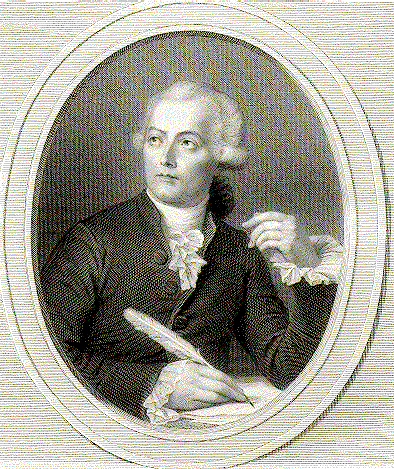 |
 |
 |
 |

Lavoisier's attended the College Mazarin from 1754 to 1761, studying chemistry, botany, astronomy, and mathematics. His first chemical publication appeared in 1764. In 1767 he worked on a geological survey of Alsace and Lorraine.
Beginning in 1775 he served on the Royal Gunpowder Administration, where his work led to improvements in the production of gunpowder and the use of agricultural chemistry.
Although he exaggerated its importance, Lavoisier was the first to understand the significance of Priestley's work on oxygen, and is considered by some to have discovered the element. He disproved phlogiston theory by demonstrating that oxygen is required for combustion, rusting, and respiration. He combined his chemical abilities with an interest in zoology to produce pioneering work on anatomy and physiology.
Lavoisier is best known, though, not for major experiments or discoveries, but for his synthesis of chemical knowledge in his Traité elémentaire de chimie (1789), considered by many the first textbook on modern chemistry. Here for the first time the modern notion of elements is laid out systematically; the three or four elements of classical chemistry gave way to the modern system, and Lavoisier worked out reactions in chemical equations that respect the conservation of mass.
Politically, Lavoisier was a moderate constitutionalist, and Marat and other radicals held him in contempt. He became involved in the Ferme Generale, a private tax-collection firm, which became a target during the Terror. He died on the guillotine in 1794.